photo1x1.com
No longer a newbie, moving up!
- Joined
- Sep 14, 2016
- Messages
- 923
- Reaction score
- 289
- Location
- Austria/Europe
- Website
- www.photo1x1.com
- Can others edit my Photos
- Photos NOT OK to edit
With all due respect, I feel that is an unsuitable reply. Be greatful for the brainpower you have."Photography is much easier than that."
Exactly right. If people are so dull as to not understand fractions, then why are you bothering to attempt to teach the finer points of photography? Wouldn't it be much simpler and faster to simply tell them to "put it in green auto and press the button", rather than all that aperture and shutter speed stuff?
People that find it hard to understand certain things are much more greatful for help than most others.


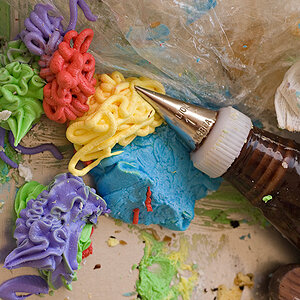
![[No title]](/data/xfmg/thumbnail/32/32939-0b23ff8a791c06732705126fb26845ea.jpg?1619735771)

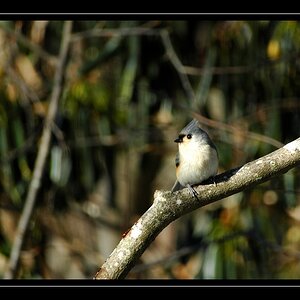
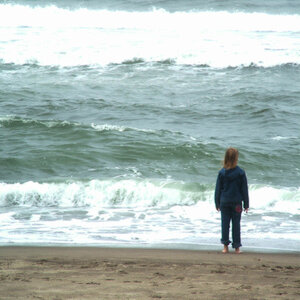
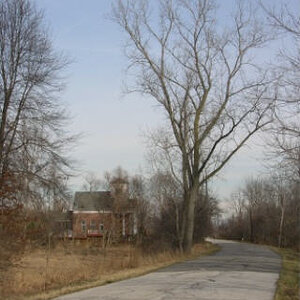

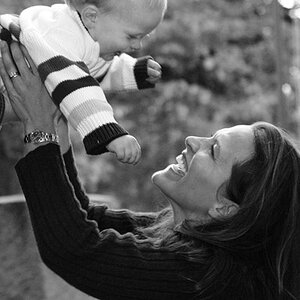


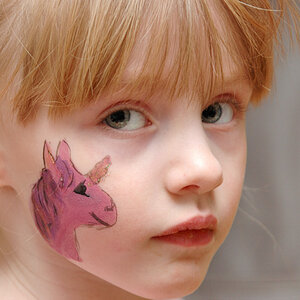
![[No title]](/data/xfmg/thumbnail/42/42055-105f2ee23a1fd79c786de42c5578274b.jpg?1619739992)